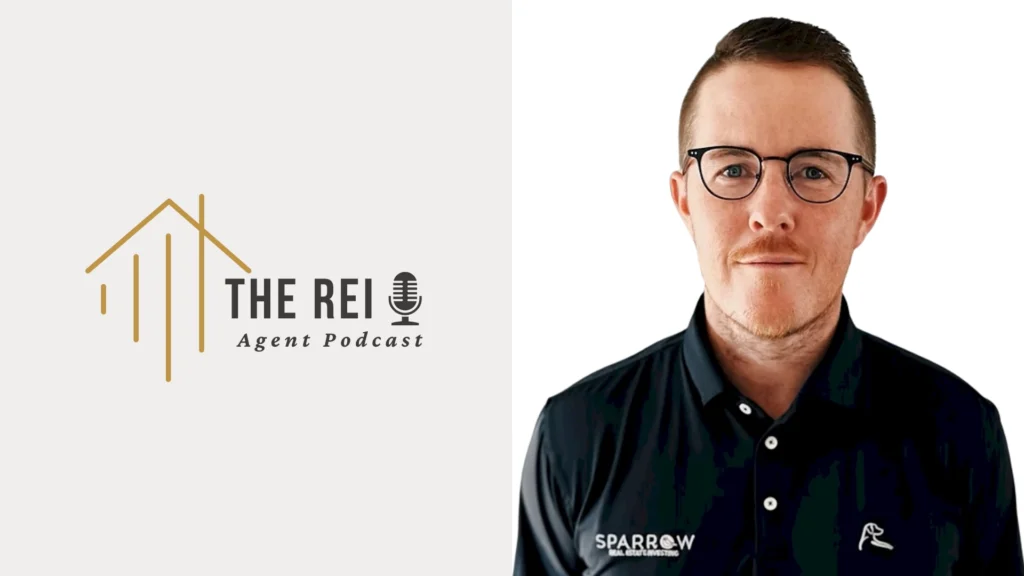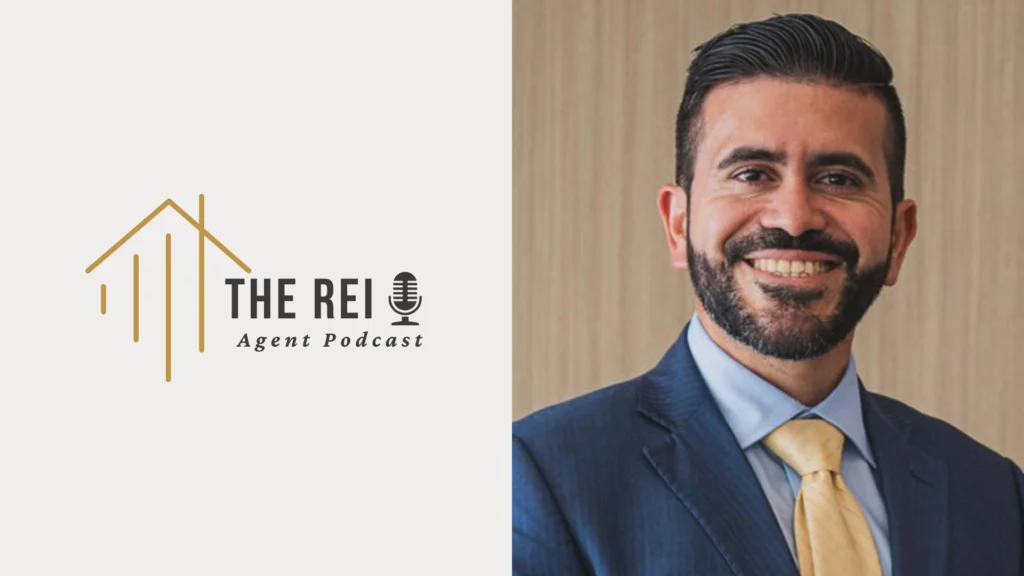Introduction: Unlocking Portfolio Growth
Have you considered how a 1031 Exchange might just be the key to scaling your investment portfolio?
By deferring capital gains taxes, you can reinvest more of your profits into new properties, potentially leading to a significant portfolio expansion.
It's not just about saving on taxes; it's about strategically leveraging your investments for growth.
But with strict timelines and IRS regulations, is it really as straightforward as it sounds?
Before you make any moves, it's essential to understand the benefits, steps, and potential pitfalls that come with a 1031 Exchange.
Understanding the 1031 Exchange
How exactly does a 1031 Exchange work? Imagine you've got a property, and you're dreaming of a bigger, more lucrative real estate portfolio. A 1031 Exchange is your ticket to turning that dream into reality.
It's a process that lets you swap one investment property for another without immediately paying capital gains taxes. This powerful tool allows for the deferral of capital gains, which can meaningfully enhance your investment potential and wealth accumulation.
But hold on, there are specific rules to grasp.
First, we talk about qualifying properties. The properties involved must be for investment or business use. You can't use it for your personal residence, so keep your vacation home out of the equation.
Both properties must be like-kind, which means they're of the same nature or character, even if they differ in quality or grade.
Now, let's look at the timing requirements. You have 45 days from the sale of your original property to identify up to three potential replacement properties.
After identifying them, you have 180 days to close on one of these properties. These deadlines are strict, so staying on track is essential.
Embrace the 1031 Exchange, and you'll find yourself inspired to grow, learn, and reach new heights in your real estate journey.
Benefits of Deferring Taxes
Deferring taxes through a 1031 Exchange offers tangible benefits that can markedly boost your investment strategy. Imagine the freedom of reinvesting your entire capital gain without the immediate burden of taxes.
It's not just about saving money; it's about making your investments work harder for you. By postponing taxes, you reveal opportunities for significant tax savings and investment growth.
Here's how deferring taxes benefits your portfolio:
- Maximized Capital: By deferring taxes, you retain more capital to reinvest in properties. This means you can potentially acquire larger or more lucrative investments, expanding your portfolio faster.
- Compounding Growth: When you reinvest pre-tax dollars, your investment grows exponentially. The more you invest, the greater the potential return, accelerating your wealth-building journey.
- Strategic Flexibility: A 1031 Exchange lets you shift your investment focus without tax penalties. You can diversify your holdings or concentrate on high-growth markets, adapting to changing economic conditions.
You're not just deferring taxes; you're setting the stage for a more prosperous future.
Steps to Execute a 1031 Exchange
Starting a 1031 Exchange requires careful planning and a clear understanding of the necessary steps. You'll begin by identifying suitable investment properties, as this exchange allows you to defer capital gains taxes by reinvesting proceeds into similar properties. Immerse yourself in market analysis to guarantee you're making informed decisions—this sets the foundation for growth.
Next, enlist a qualified intermediary. They're vital for handling the exchange process, ensuring compliance with IRS regulations, and keeping the funds secure. Remember, you can't touch the money from the sale; it must go through these intermediaries.
Property identification is essential. After selling your original property, you've got 45 days to identify potential replacements. Choose wisely; these properties will shape your financial future.
Stick to strict exchange timelines. You've got 180 days from the sale to close on your new properties. Missing this window means missing out on tax benefits.
Throughout the process, consider tax implications. Consult with tax advisors to guarantee you're maximizing benefits and avoiding pitfalls.
With these steps, you're not just managing a transaction; you're building a roadmap to a bigger, more robust investment portfolio. Keep your vision clear and your goals high.
Risks and Considerations
While a 1031 exchange can offer significant tax advantages, it's important to be aware of the associated risks and considerations. Engaging in a 1031 exchange requires careful planning and a keen understanding of the real estate market. Here are some key points to reflect on:
- Market Fluctuations: Real estate markets can be unpredictable. If the market shifts unfavorably, you might end up with a property that doesn't appreciate as expected. Staying informed about current trends and adjusting your investment strategies can help mitigate these risks.
- Timing Challenges: One of the biggest hurdles in a 1031 exchange is timing. You have a strict window to identify and close on a new property. Missing these deadlines could lead to losing the tax benefits, so it's important to plan meticulously and act swiftly.
- Legal Implications: Maneuvering the legal landscape of a 1031 exchange can be complex. Ensuring that your exchange complies with IRS regulations is critical to avoid legal pitfalls. Consulting with experienced professionals can provide clarity and confidence in your decisions.
Is 1031 Exchange Right for You?
Understanding the risks and considerations of a 1031 exchange sets the stage for deciding if this strategy aligns with your investment goals.
You're on a journey to grow your portfolio, and a 1031 exchange might just be the vehicle you need. This investment strategy allows you to defer capital gains taxes when you sell a property, provided you reinvest in a like-kind property. By doing this, you're not just preserving your capital; you're giving it room to grow more efficiently.
To determine if a 1031 exchange is right for you, reflect on your long-term goals. Are you aiming for significant portfolio growth, or do you prefer a slower, more predictable path? A 1031 exchange can accelerate your portfolio's expansion, but it requires careful planning and a proactive approach.
Ask yourself if you're ready to navigate the complexities involved, from timing the sale perfectly to identifying and acquiring the replacement property within strict deadlines.
Consider your comfort level with potential risks and your need for liquidity. This strategy isn't for everyone, but for those committed to strategic expansion, it can be a powerful catalyst.
Trust in your ability to make informed decisions and embrace opportunities.
Conclusion
Your Path to a Bigger Portfolio Awaits
Imagine boosting your investment portfolio while deferring taxes—it sounds like a dream, right?
With a 1031 Exchange, it's entirely possible.
Did you know that 88% of investors who used it saw significant portfolio growth within just a few years?
By strategically swapping properties, you're not just saving on taxes; you're amplifying your investment potential.
Reflect on your goals and embrace the challenge.
Take that leap towards a more prosperous future.
The path to a bigger, brighter financial future could be just one exchange away.
Don't wait—start your journey today!





















